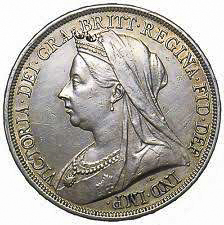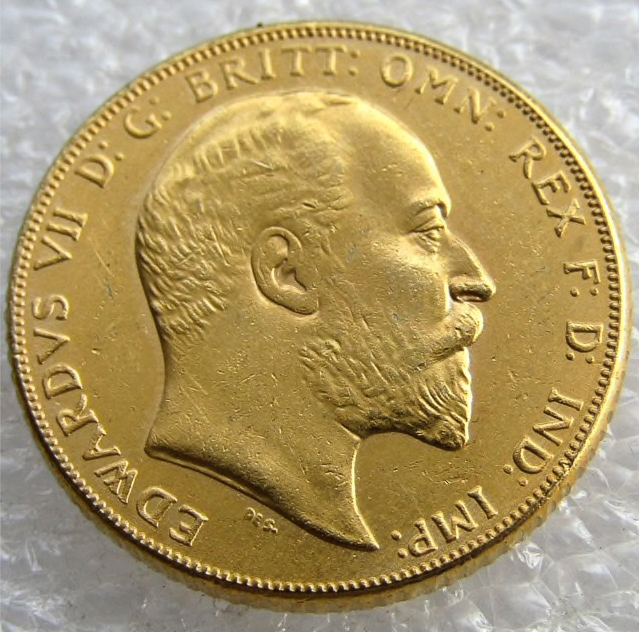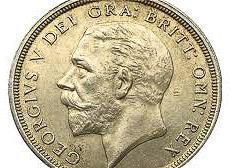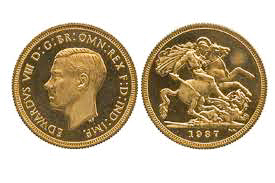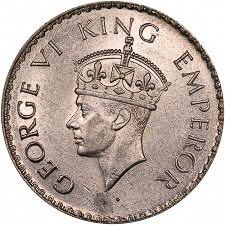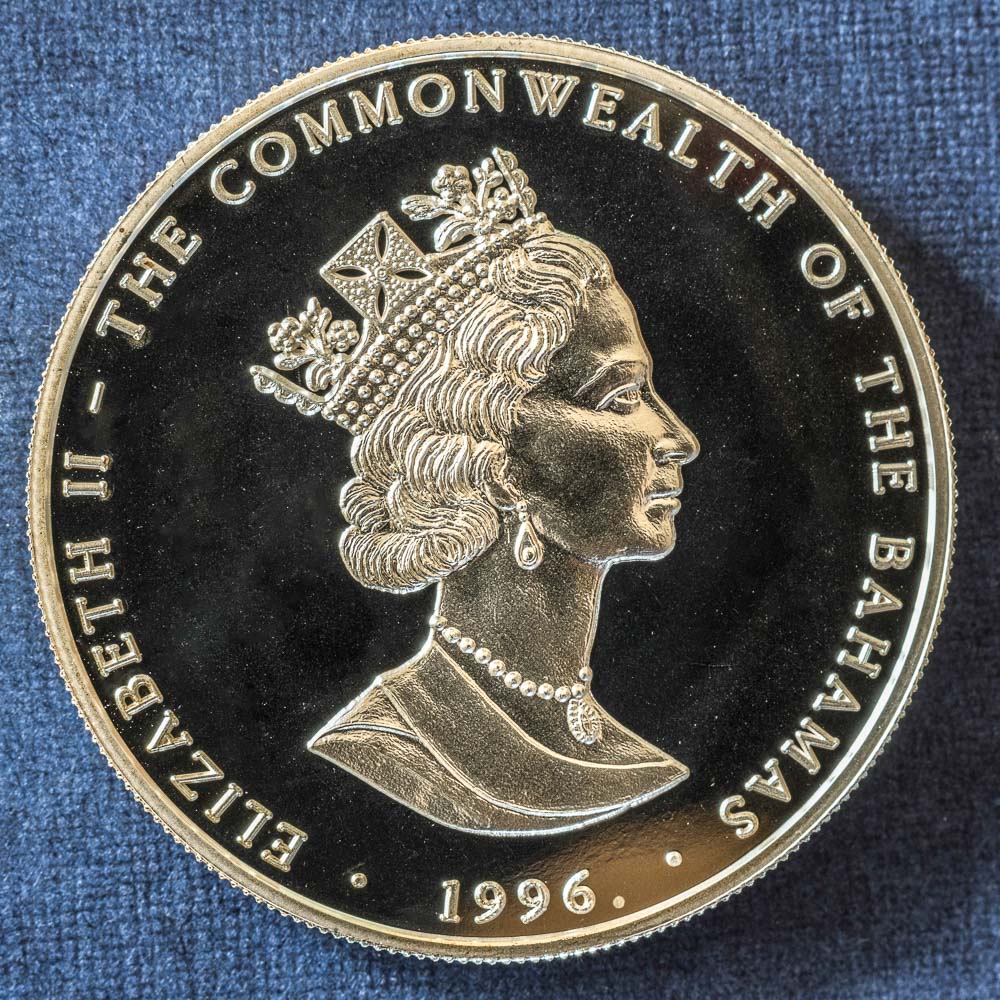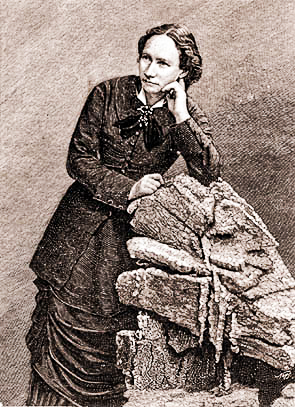“So, you read the title of this blog and automatically assumed I was going to share my opinion with you concerning recent events around our country. You were interested to know what I thought about the desire and the movements to destroy or relocate certain statues, paintings, or other memorials that certain people might find offensive.
No, I wanted to talk with you today about the deliberate destruction of approximately 1,750 bronze statues throughout France during the German Occupation of World War II. Not since the French Revolution had so many statues been destroyed (albeit for different reasons).”
These were the first two paragraphs to my blog, Statuemania, we published on 2 September 2017 ⏤ almost three years ago. Frankly, I had forgotten about the reason why I first wrote the blog or the first paragraph; which now takes me back to the events that inspired me to write the original blog.

I guess my reason to re-post the blog is pretty much the same reason I gave three years ago. While I don’t necessarily oppose certain statues, busts, or flags being taken down or done away with (e.g., statues or busts of Confederate General Nathan Bedford Forrest, the flag he represented, and the Washington Redskins name), I do think we go overboard sometimes. Shouldn’t we step back and determine if we can turn something negative into a positive? I’m speaking about the lost opportunities to help educate, raise awareness, and try to make sure certain events or thought processes never happen again. I think it’s a better and more positive approach than pure destruction. Hate confronting hate doesn’t solve problems. Read More Statuemania

